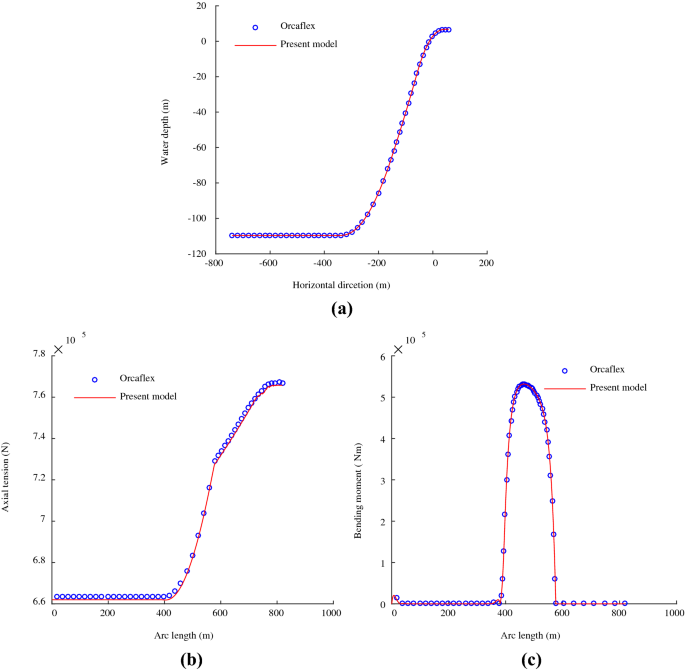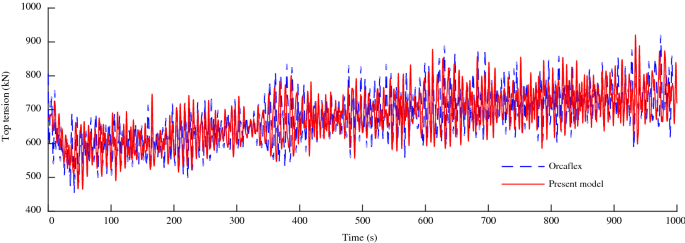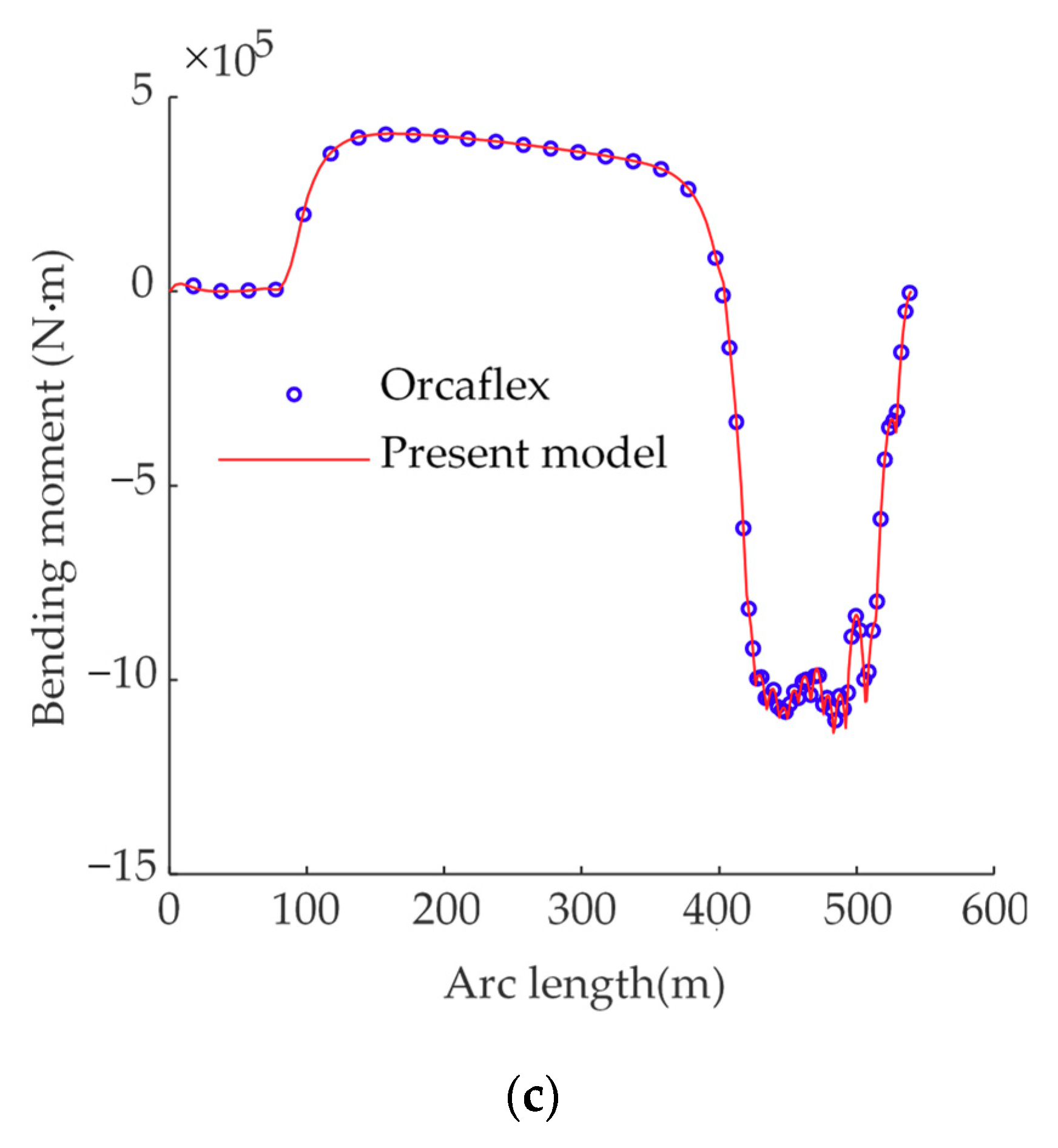

The structure was installed off the Norwegian coast in water depths of approximately 200 m.

The Hywind project (Keseric 2014), a (Single point anchor reservoir) SPAR buoy installed in Norway, is the world’s first grid-connected FOWT. Several full-scale FOWT concepts are proposed, developed, and tested. 2), the wind speed reaches 14 m/s in larger sites. 1, the maximum average wind speed onshore is above 9 m/s in limited areas, whereas in offshore sites (Fig.

1 and 2, it can be seen that the offshore winds reach to higher speeds than wind speed at onshore lands. However, a comparison between these two indicates the strength of wind resources in open oceans. The two figures refer to the wind speed at slightly different elevations onshore and offshore.

The seasonal variation of the wind speed over the oceans at 10 m above the sea level is shown in Fig. Thus, the industry is exploring the Floating Offshore Wind Turbine (FOWT) concepts.įigure 1 shows the variation of average wind speed at 80 m elevation (on land) around the world. Moreover, in many places, water depth changes rapidly, leaving limited zones for offshore wind resources in shallow waters. Farther from the shore, the wind is more consistent and its average speed is higher than onshore and nearshore sites. Such wind turbines, deployed in nearshore, are confined to water depths typically less than 50 m using fixed foundations, see Goupee et al. The wind turbines were installed nearshore in shallow waters and fixed to the seabed. One of the first developments of offshore wind was the Vindeby project in early 1990s in Denmark (Aubault and Roddier 2013). Among the European countries, the UK is the leading offshore wind producer owning 36% share of the offshore installed capacity in the world, see Global Wind Energy Council ( 2018). In 2017, the first floating wind farm was commissioned in Scotland, UK, in a water depth of 96–110 m. The total global installed offshore capacity by year 2018 was 18.8 GW, reported by Global Wind Energy Council ( 2018). In the UK, for example, offshore wind energy production has exceeded onshore wind production in the second quarter of year 2019, see Waters and Spry ( 2019). Interest for expanding the wind energy production and the limitations of onshore lands for wind farms have led into the development of offshore wind turbine industry. As reported by World Energy Council ( 2016), world wind energy capacity doubles about every three and a half years since 1990. Wind industry has been developed significantly to harvest the wind power through mainly onshore sites, see Aubault and Roddier ( 2013). Wind energy, among the alternatives of fossil fuels, is the most rapidly growing source of energy and one of the most mature renewable energy supplies. Particular attention is given to the coupling of the loads and responses, assumptions made under each of the existing solution approaches, their limitations, and restrictions, where possible, suggestions are provided on areas where further studies are required.Ĭoncerns about the environmental pollutants and significant increase in energy demands have led to an urge for exploring renewable energies. Here, we present a critical review of the existing approaches that are used to (i) estimate the hydrodynamic and aerodynamic loads on FOWTs, and (ii) to determine the structures’ motion and elastic responses due to the combined loads. This requires a fluid–structure–fluid elastic analysis which adds to the complexity of the problem. Moreover, FOWTs are often large structures and the load frequencies are comparable to the structural frequencies. The loads and responses may be large, and simultaneous consideration of the combined environmental loads on the response of the structure is essential. Often under extreme cases, and sometimes in operational conditions, magnitudes of these loads are comparable with each other. A combination of waves, current, and wind loads impact the structures. Floating offshore wind turbine (FOWT) concepts involve new engineering and scientific challenges. Wind energy industry is expanded to offshore and deep water sites, primarily due to the stronger and more consistent wind fields.


 0 kommentar(er)
0 kommentar(er)
